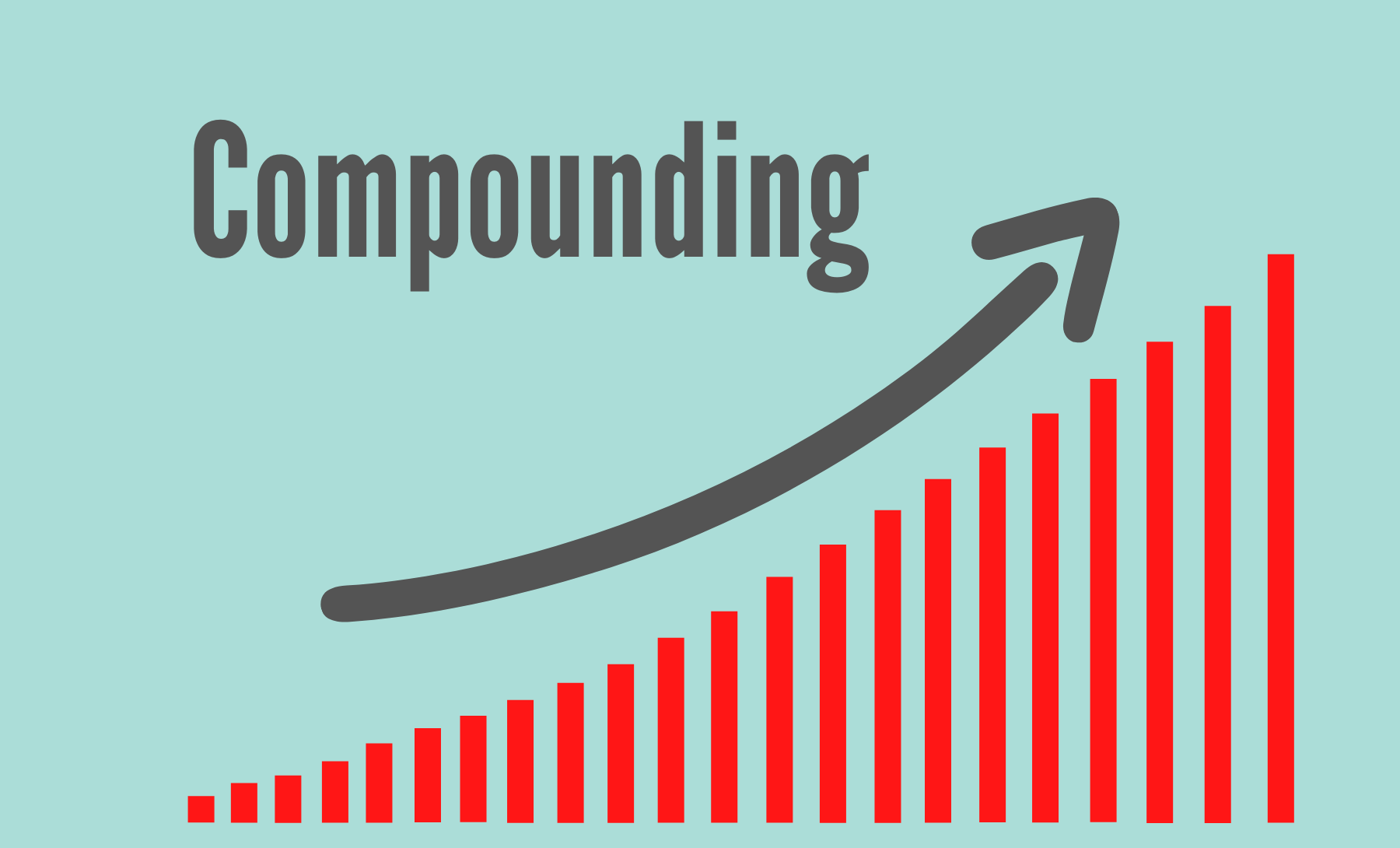

CAGR Calculator
Calculate your investment growth with confidence!
Introducing CAGR Calculator
Uncover the true potential of your investments!
Tracking your investment growth is now effortless. Our CAGR Calculator calculates the Compound Annual Growth Rate, offering a clear view of your investments’ steady performance over time.
Evaluate Investment Performance
See how your investment has grown annually at a steady rate.
Make Informed Financial Decisions
Compare different investments and assess long-term growth potential.
CAGR Calculator
Input your details to calculate your investment’s annual growth rate.
Initial Investment
₹ 20 L
Gains
₹ 0
CAGR
% p.a.
The Compound Annual Growth Rate (CAGR) for your investment of ₹ 20 L over 5 years is: % p.a.
How Does the CAGR Calculator Work?
It uses three main inputs:
Initial Value
The amount you invested initially.
Final Value
The current or maturity value of the investment.
Duration (in years)
The time over which the investment grew.
What is a CAGR Calculator?
How to Use the CAGR Calculator
Benefits of Using a CAGR Calculator
Real-Life Example of Calculating CAGR
Understanding the CAGR Formula
Limitations of the CAGR Calculator
- Doesn’t Show Volatility
- No Cash Flow Tracking
- Assumes Compounding
- Historical Data Bias
Doesn’t Show Volatility
CAGR assumes a smooth growth rate. It doesn’t reflect fluctuations in your investment.
Unlock Investment Opportunities with Equentis
Assess past performance to plan smarter..
At Equentis, we help you decode your investment journey with powerful analytical tools. Our CAGR Calculator simplifies performance tracking, enabling you to measure consistent annual growth, and refine your strategy for long-term financial success with our distinctive products.
Our Other Calculators
Discover a suite of cutting-edge tools to enhance your financial journey:
Frequently asked questions
Quick, easy answers to your top financial calculator concerns.





